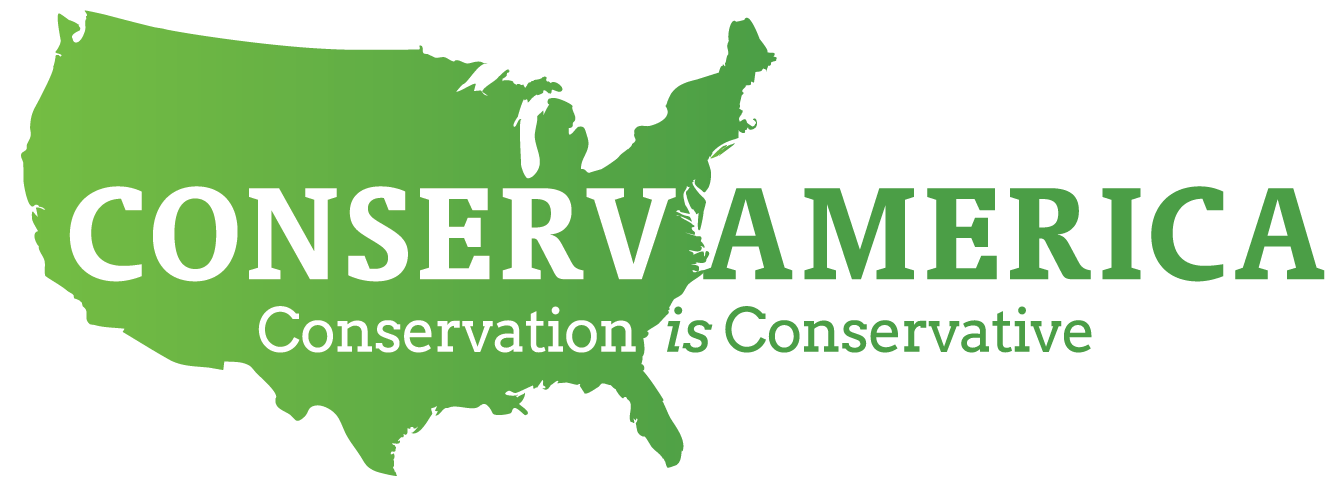In December 2021, the National Academies of Sciences, Engineering, Medicine (NASEM) released a report assessing the potential benefits of ocean-based carbon dioxide removal approaches and calling for more research to learn how these methods could help mitigate the impacts of climate change.
On February 3, ConservAmerica hosted an online conversation with Russ George, an environmentalist, and eco-entrepreneur pioneering ocean fertilization, also known as ocean pasture restoration (OPR).
ConservAmerica and government affairs experts Adam Ingols and Scott Segal, and climate policy reporters Lesley Clark and Justin Worland, discussed the 2022 outlook for energy and environment legislation and regulation. The discussion focused on the Biden Administration and its second year in office, expected Congressional action as we approach the mid-term elections, and recent and pending court actions that will impact the policy framework.
Read MoreAs leaders return from the COP26 summit and Congress grapples with the challenges of trying to pass giant and costly government programs to address climate change, several recent reports show that increasing competition in electricity markets can deliver higher reductions in carbon emissions and increased deployment of clean energy compared to traditional monopoly markets.
On November 23, ConservAmerica hosted an online discussion on the role of competition in electricity markets and the environmental benefits of removing barriers to market entry for independent power producers.
Read MoreSince its adoption, many have debated the costs and effectiveness of recovering species under ESA’s inflexible and stringent requirements. The national costs for recovering species are significant and estimated to be well over $1.2 billion annually. Fortunately, there is a growing bipartisan consensus that state wildlife agencies can do more to keep species off the ESA list by actively monitoring and managing at-risk species, including encouraging more innovative techniques, tools, and partnerships.
If adopted, the Recovering America’s Wildlife Act (S. 2372 and H.R. 2773) introduced by Senators Martin Heinrich (D-NM) and Roy Blunt (R-MO) and Representatives Debbie Dingell (D-MI) and Jeff Fortenberry (R-NE) would provide $1.3 billion in dedicated funding annually for implementing state wildlife action plans. With over 118 co-sponsors in the House, and 24 in the Senate, RAWA has significant momentum and could soon be law of the land.
During a ConservAmerica webinar on October 12, panelists explored the challenges and opportunities for species conservation, the role of innovation and private landowners, and the implications for RAWA passage. Watch here.
Read MoreConservAmerica hosted an online conversation Sept. 15 on federal land protection policy and the importance of striking a balance between protecting special places for future generations and respecting states' rights, private property, and individual freedom.
When land is placed in federal protective status, it can provide a wide range of benefits – from conservation to public recreation – but the people who have traditionally used that land can be caught in the middle.
Read MoreA national Clean Energy Standard (CES) is one option policymakers are considering to accelerate the decarbonization of the power sector to meet U.S. climate goals. A CES would increase the proportion of clean energy used to generate electricity by rewarding utilities that meet federal targets and penalizing those that fall short. Who would be the winners and losers under a national standard? How would fossil fuel producing states fare compared to states that have already moved to renewable sources like wind and solar? How would a federal standard work with the dozens of states that have already adopted renewable energy requirements? And how might a CES affect the electrification of other economic sectors, like transportation? ConservAmerica explored these questions and more in a webinar hosted on August 17th.
Read MoreMembers of Congress are increasingly embracing the realities of climate change and the need to implement policies to reduce carbon dioxide emissions. Putting a price on carbon is considered by many to be the most efficient and transparent policy approach to encourage emission cuts. Many in the businesses community are supporting a carbon pricing mechanism as preferable to other approaches. Given the buzz, ConservAmerica hosted a webinar on Wednesday, July 21st that unpacked carbon pricing.
Read MoreThe US is heavily dependent on foreign sources for its supply of critical minerals, including rare earths used in batteries, solar panels, and other clean energy technology. Unfortunately, many of these resources are controlled by nations hostile to US interests, making our reliance a strategic vulnerability to our military, national security infrastructure, and efforts to transition to a clean energy economy.
Read MorePresident Joe Biden's ambitious 30x30 goal to conserve 30% of America's land & waters by 2030. Section 216 of President Biden's Executive Order, "Tackling the Climate Crisis at Home and Abroad," directs the Secretary of the Interior, in consultation with the Secretaries of Agriculture and Commerce, and the Chair of the Council on Environmental Quality, to develop recommendations that the United States should take to achieve the goal of conserving at least 30 percent of our lands and waters by 2030.
Read More









